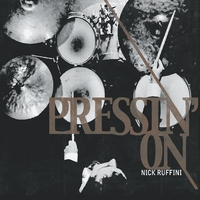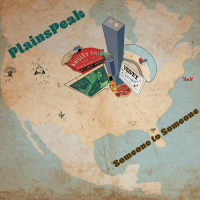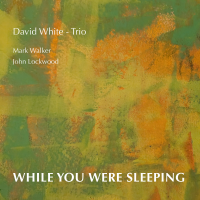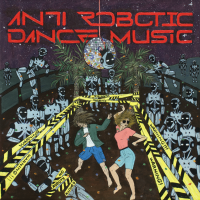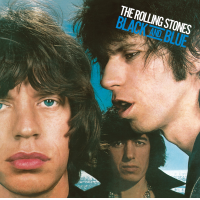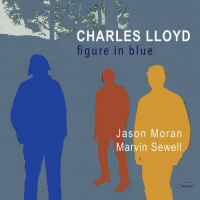Home » Jazz Articles » Album Review » Sam Rivers: Fuchsia Swing Song
Sam Rivers: Fuchsia Swing Song
But the music—oh, that music!
Sam Rivers' first album as a leader, as well as his first album for Blue Note, blends two of the major saxophone schools of the day. By 1960, jazz tenor had been redefined by the very different playing styles of Sonny Rollins and John Coltrane. Rollins was (and remains to this day) a melodist at heart which, even when he was stretching out his improvisations, left them accessible and easily contextualized. On the other hand, Coltrane's genius was built on his fearless harmonic inventions, speed, and raw emotion. Rivers' achievement with Fuchsia Swing Song is how successfully he blends those two schools of performance in his own voice.
The first few bars of the opening title track are indeed a pretty, well-defined melody: very Rollins-esque with a warm, if somewhat loose, breathy delivery. But that doesn't last long. Rivers begins improvising after just one turn of the melody, immediately blending components as diverse as Coltrane's "sheets of sound," as he pushes the boundaries of his horn into false notes, before throwing in a few traditional threads of bebop. There is a lot going on in this track and Rivers' enormous skills hang it all together.
"Cyclic Episode" takes it all even further out. Opening again with a defined melody, the tune quickly pushes the boundaries of its structure as pianist Jaki Byard uses his comping to distort the rhythm and key signature, before allowing it all to snap back into place for an aggressive Rivers solo. But when Byard takes his turn he quiets it down dramatically, slowing the tempo until, with the drums laying out, he achieves a soft, almost Bill Evans-style melancholy before exploding back into the original theme with his own high flying improvisational statement.
The brilliance of Fuchsia Swing Song is that it's endlessly ingenious at every level. The musicians have an uncanny ability to pull and stretch every passage like taffy without actually breaking the core melodic framework of the tunes. They can be subtle, belligerent, tender, and even completely over the edge, but all of these disparate contributions become integral to one of the most thrillingly satisfying records of the era. Fuchsia Swing Song doesn't seem to garner as much attention as some of the more popular titles in the Blue Note catalog and that's a real crime because this is truly one of the finest jazz albums of the era.
Track Listing
Fuchsia Swing Song; Downstairs Blues Upstairs; Cyclic Episode; Luminous Monolith; Beatrice; Ellipsis.
Personnel
Sam Rivers
saxophone, tenorSam Rivers: tenor saxophone; Jaki Byard: piano; Ron Carter: bass; Tony Williams: drums.
Album information
Title: Fuchsia Swing Song | Year Released: 2011 | Record Label: Blue Note Records
Tags
PREVIOUS / NEXT
Support All About Jazz
 All About Jazz has been a pillar of jazz since 1995, championing it as an art form and, more importantly, supporting the musicians who make it. Our enduring commitment has made "AAJ" one of the most culturally important websites of its kind, read by hundreds of thousands of fans, musicians and industry figures every month.
All About Jazz has been a pillar of jazz since 1995, championing it as an art form and, more importantly, supporting the musicians who make it. Our enduring commitment has made "AAJ" one of the most culturally important websites of its kind, read by hundreds of thousands of fans, musicians and industry figures every month.





